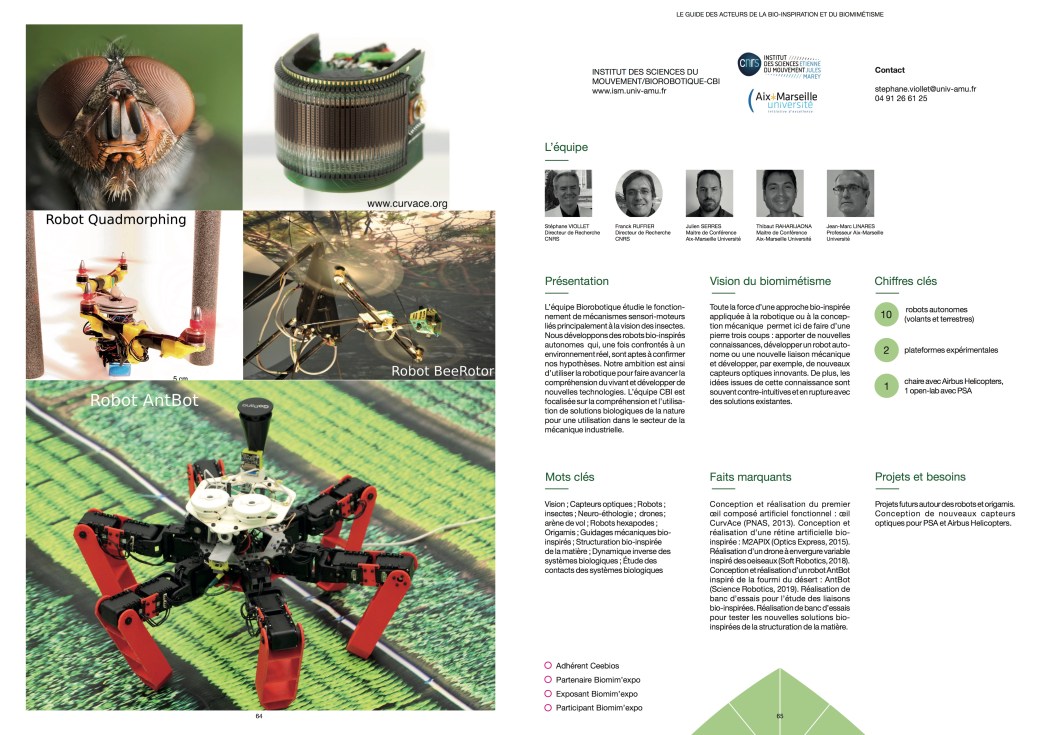NASA Albatross Dynamic Soaring Open Ocean Persistent Platform UAV Concept
This concept investigate the feasibility of a dynamic soaring (DS) UAV that will have an endurance on the order of months.
This capability is enabling for numerous civil missions from ocean and atmospheric science to fishery surveillance and monitoring. Many of these missions are simply not feasible do to the cost of operating a fueled aircraft with limited endurance.
An aircraft such as this could be built in the thousands. They would distribute themselves over the oceans of the planet providing a robust surveillance network that has persistence which is only limited by the reliability of the hardware. This aircraft is based on the Albatross which in habitats the southern oceans by Antarctica.
The typical Albatross weighs about 25 lbs. They have an aspect ratio 16 wing with an 11 foot span. They are estimated to have an L/D of 27. Since there are few static soaring opportunities over the ocean, the Albatross uses a technique called Dynamic Soaring (DS) to maintain flight. Dynamic soaring is a figure eight-like flight maneuver that takes advantage of horizontal wind gradients to maintain flight speed and altitude.
The albatross can travel over 1000 km per day without ever flapping their wings through the constant use of such maneuvers, while able to tack any direction with independence of wind direction The Albatross is also able to lock their shoulder joint to rest their muscles and even capable of sleeping while performing the DS flight maneuvers.
This UAV Concept has the same weight and size of the Albatross and would be propelled by the wind alone utilizing this same DS technique. Tip turbines on the wing tips extract power from the tip vortex to power the payload and recharge the batteries. When the wind dies the aircraft has the ability to safely land on the surface of the ocean. Solar cells will be used to keep the payload and other electronics running. The tip turbines can also be used as propellers to provide takeoff thrust and at other times to provide auxiliary propulsion to allow the aircraft to maneuver away from an obstacle.
Dynamic Soaring: How the Wandering Albatross Can Fly for Free














